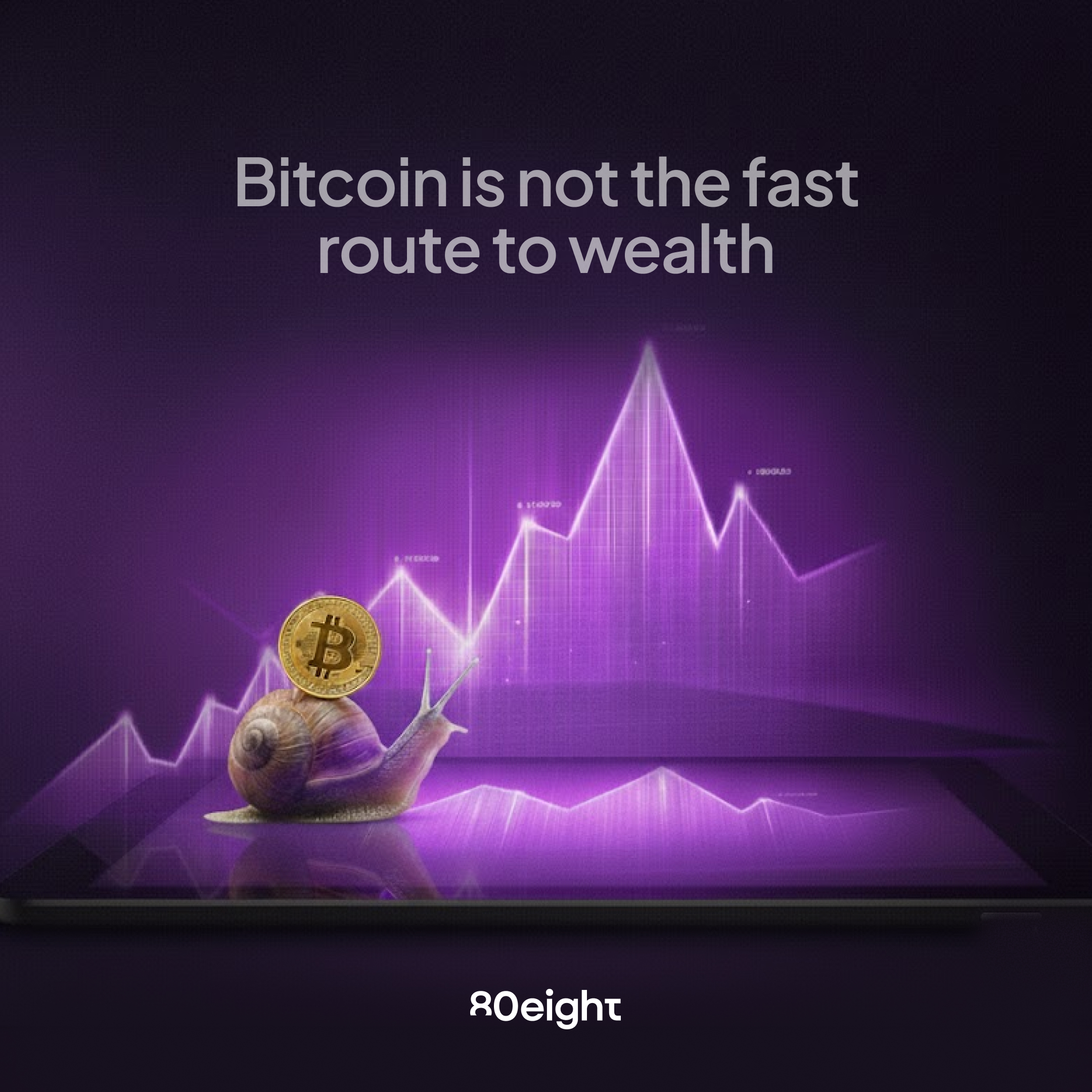The Fourth Turning by William Strauss and Neil Howe, published in 1997, examines the arc of history and concludes that the world follows a pattern of roughly 80-100 year cycles, called "saecula," which are in turn divided into four "turnings" lasting about 20-25 years each.
- The First Turning is a period of optimism and growth, high trust and social stability, such as after World War 2. This was a period of immense revival after the ravages of war, where men could go to work and support their families on a single salary. Many today see this as the “golden era”.
- The Second Turning or “Awakening” is a time of cultural upheaval where the institutions on which the previous generation relied are challenged by their children. In the post-war era, we had the birth of the hippies, rock music, free love and counter-culture.
- The Third Turning, which the authors call “the Unravelling”, society starts to break down, institutions and governments are broadly distrusted, accompanied by a resentment of authority and a retreat to individualism.
- The Fourth Turning or “Crisis” is when things really get chaotic. These are periods of economic collapse, war and revolution where the old system is swept away and a new one emerges, returning us to the Frist Turning – and a period of calm, prosperity and growth.
Not everyone buys the Fourth Turning as an accurate reflection of historical cycles – but many do. Strauss and Howe predicted a Fourth Turning in the early 21st Century, which seems to coincide with the 2008 financial crisis and what seems to be an alarming march to war in Eastern Europe, the Middle East and – just this week – between Cambodia and Thailand.
If that’s the case, we are at the tail end of the latest Fourth Turning. We could argue that the development of Bitcoin in 2009 as an instrument of financial freedom sets the foundation for a new era of sound money and more widespread prosperity in the years ahead.
The authors look back in history for signs of these four turnings and it’s hard to argue that they appear like clockwork.
For example, the American revolution from 1773-1794 lasted 21 years where colonial sharecroppers threw off the yolk of English tax and repression, birthing the US Constitution and a period of enormous prosperity in the decades that followed.
Right on time, about 80 years later, the American civil war erupted, culminating in freedom for black slaves and the start of massive railroad expansion and industrial growth.
In 1929 came the start of the Great Depression, followed by World War II, which ended in 1945. There followed a period when the US became the world empire.
That’s not to assume there aren’t serious battles ahead. US President Donald Trump has relocated nuclear missiles to the UK and promised Ukraine more ammunition to keep the war there going. The slaughter in Gaza continues daily, as Thailand and Camobia lob missiles at each other. Old ethnic conflicts, long subdued by the march of history, are bubbling to the surface, as in Syria. South Africa is not immune to this as we see another sudden and apparently “organic” outbreak of xenophobia as supposedly illegal immigrants are denied access to public hospitals – which is itself illegal. Patriots manning the doors at hospitals sounds like another, darker period in history. It won’t stop there. It has already started at schools and other public facilities.
There are third forces at work, covert and malignant and probably connected to intelligence services and political actors, that are quite content to set the country alight.
One could argue that we are seeing the dying embers of the old regime being fanned one last time as the flame of popular expression passes to a new generation less concerned with the struggle mentality that has held sway in South Africa for the last 30 years.
Quite apart form this, we see Australia’s central bank playing with the idea of CBDCs, Central Bank Digital Currencies, that are programmable and could have an expiry date. This is grotesque, but if the Australians are doing it, you can be sure others will try it. It will destroy private savings and private capital. Money represents energy or work expended. If money has an expiry date, your labour is worthless. Programmable money could also be area-restricted – you can only spend within a 10km radius, for example, or you may be prohibited from spending on your favourite charities if these are deemed hostile actors by politicians.
Bitcoin, of course, fixes all this nonsense. It is decentralised, non-inflationary and beyond the control of national authorities. This is why some see it as a threat. We see it as perhaps our best guarantor of freedom.
Contact 80eight. If making or moving money (including bitcoin or stablecoins) is your game, we’ve got you covered. Let us guide you on your journey to debt-free prosperity. If you’re a business, let us explain how you can hedge your USD exposure in the most cost-effective way possible.










